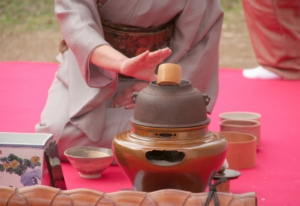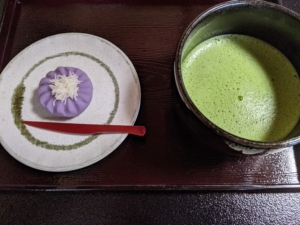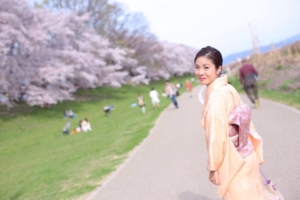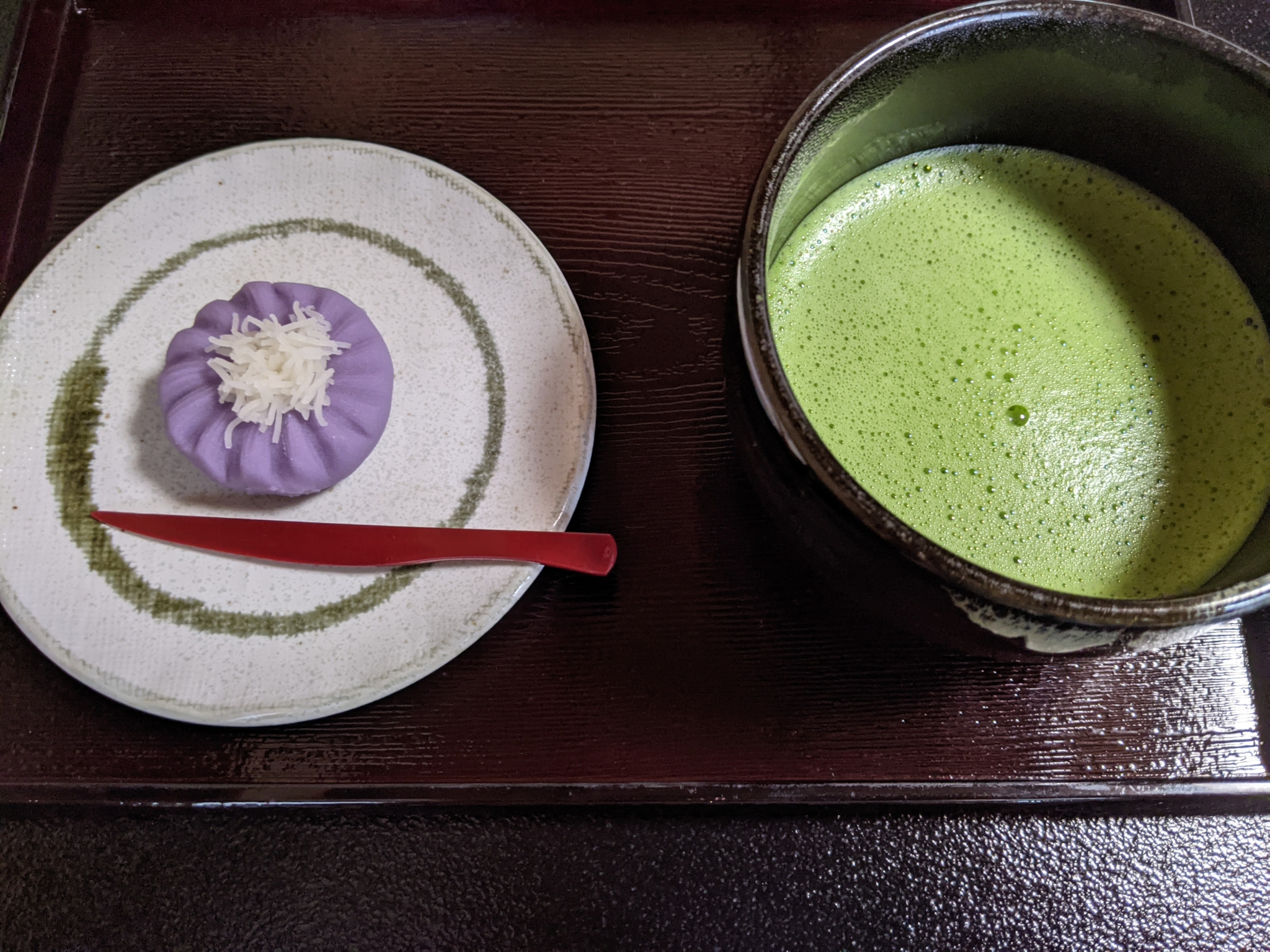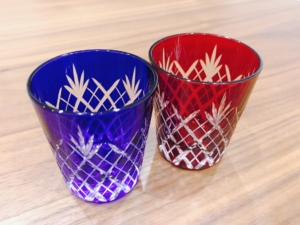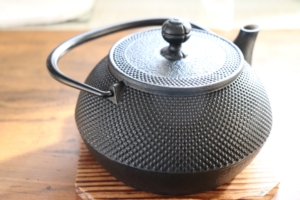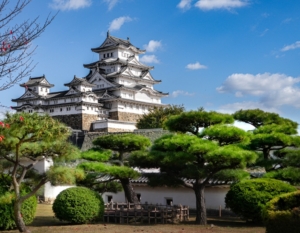9月の特に9日は、重陽の節句と呼ばれます。
別名、菊の節句といいます。
この日はおめでたい日とされてきました。
平安時代には宮中で重陽の宴が行われ、菊の花びらを浮かべたお酒を飲み、長寿を祝いました。
この時期には、「着せ綿」という、菊の上に綿を置いた形のお菓子をいただきます。
September 9th is called the Chou-yo-no-Sekku.
It is also known as the Chrysanthemum Festival.
This day has been regarded as a day of celebration.
In the Heian period, a Chrysanthemum banquet was held at the imperial palace to celebrate longevity by drinking sake with chrysanthemum petals floating on it.
At this time of the year, we eat sweets in the form of cotton placed on top of chrysanthemums, called “kisewata”.
Chrysanthemum:菊
petal:花びら
regarde as:~とみなす
imperial:皇帝の
palace :宮殿
longevity:長寿

11月には炉開きという行事が行われます。
炉開きとは、釜をかけるための炉を開くことです。
11月は茶人の正月とも言われます。
この時期、亥の子餅を食べる風習があります。
亥の子餅は、無病息災や子孫繁栄を祈る意味が込められています。
亥の子餅の形は、猪の子を模しています。
In November, an event called “Robiraki” is held.
Robiraki is the opening of the furnace for the kettle.
November is also known as the New Year’s Day for tea masters.
There is a custom to eat “Inoko-mochi” during this time.
Inoko-mochi is meant to pray for good health and prosperity of one’s descendants.
The shape of the rice cake resembles a boar cub.
furnace:炉、かまど
prosperity:繁栄
descendant:子孫
resemble:~に似ている
boar :イノシシ
執筆者:山本和華子
【本を出版しました】
